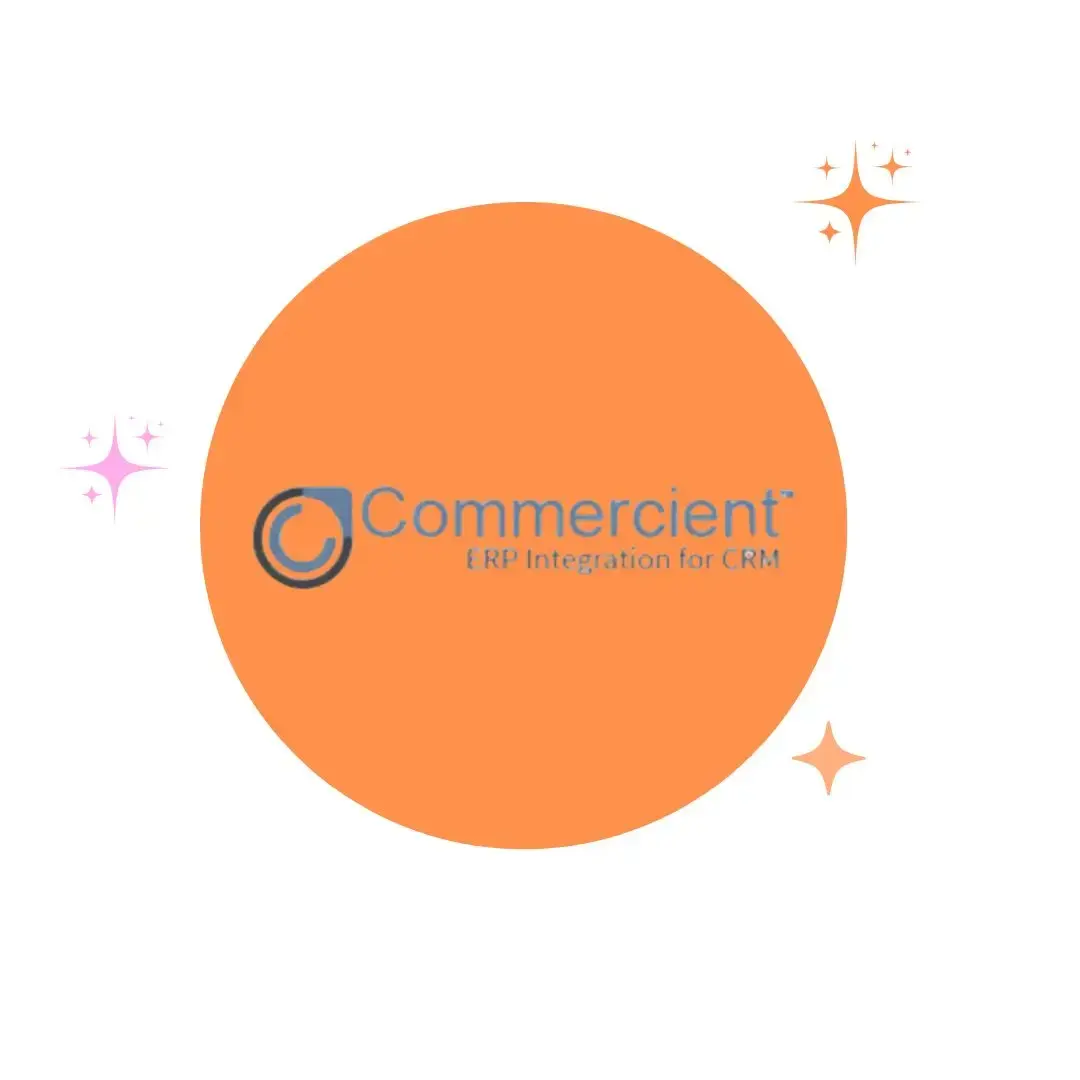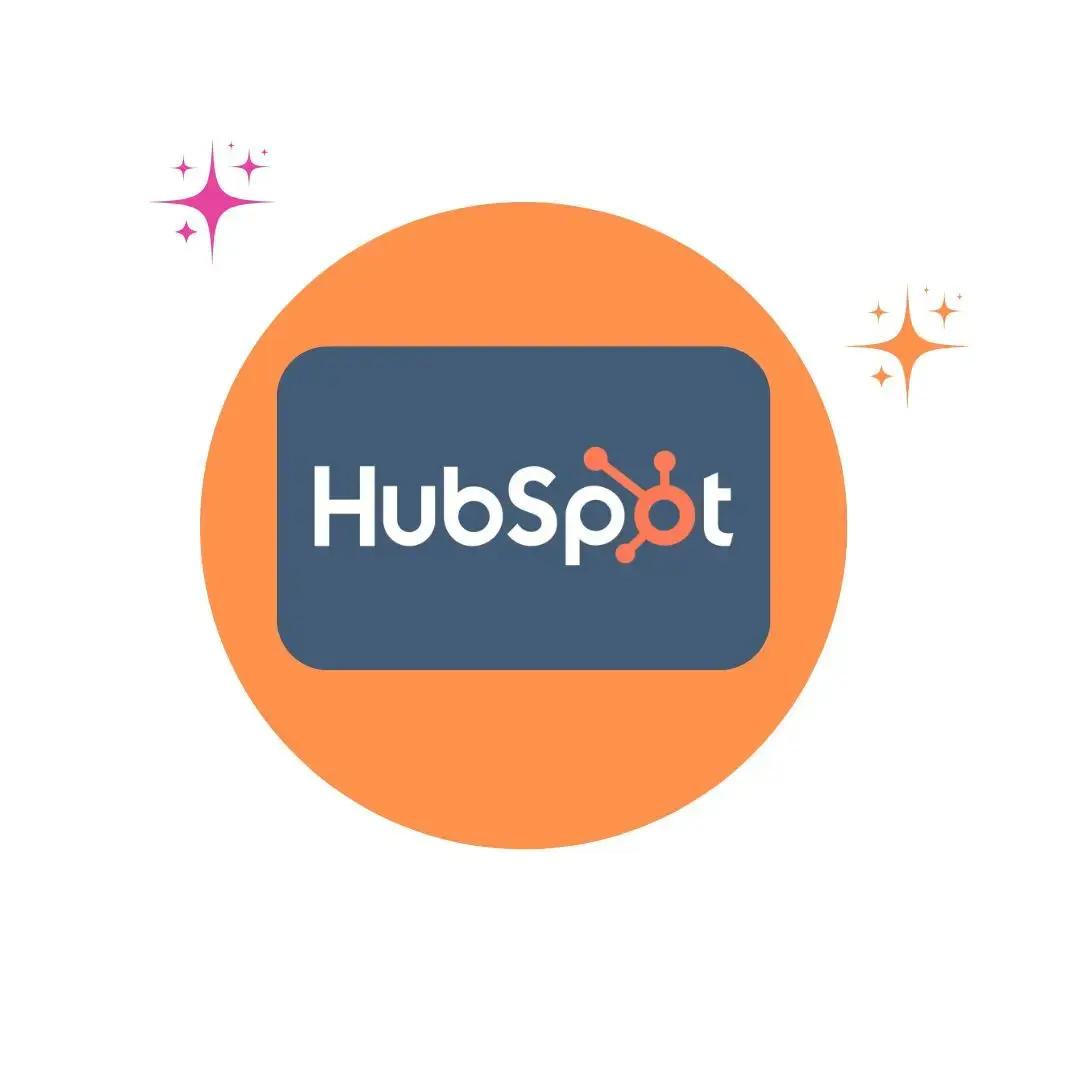Our PRINCE2 Project Management Plan Addresses Seven Key Elements
1. How will internal expectations be managed?
Setting, managing and delivering on the expectations of multiple users, managers, and executive stakeholders is critical. Mismanagement of expectations is the #1 reason why projects are considered a failure.
Implementing business change requires input from P&L Owners, Sales, Finance, Operations, Customer Service, Legal, IT, Marketing, Field Services, Warehousing & Supply Chain.
Project Management Plans include Stakeholder Management and Communication Planning.
2. How will the project be delivered on time?
Late delivery is the number two reason for project failures. Business needs constantly change, and while this is neither good nor bad for a project, its impact must be proactively managed. A mutually agreed-upon Change Request Process achieves this balance.
Project Management Plans define the Change Request Process, its operation, and its methodology to avoid late delivery.
3, Who does what?- Define responsibilities
In addition to internal stakeholders such as users, managers, and executives, external stakeholders usually include key customers, major suppliers, consultants, software, cybersecurity and infrastructure vendors. Clarity on who is responsible for each task and element of the solution is needed.
To avoid this issue entirely, Project Management Plans include defining a project Roles and Responsibilities Matrix.
4. Data migration and/or cleansing?
Data cleansing is an extremely resource-intensive exercise that needs to be scoped and managed to avoid time and cost overruns.
Project Management Plans include a data migration scope, assumptions, and dependencies documented, and a defined change request process.
5. How are project risks managed and mitigated?
Risk Management is managing the balance between Risks, Assumptions and Dependencies. Project Assumptions that don’t hold become risks, and dependencies that are not met also become risks.
To avoid poorly managing risks, Project Management Plans include assumptions and dependencies in risk analysis and mitigations.
6. How will the implementation delivery be managed?
Implementation projects can be delivered and contracted in wide-ranging ways. Contracts are either `Fixed Price' or 'Time & Materials’ (T&M). If it's not a Fixed-Price contract, then it has to be T&M - the grey types of delivery in between never work, including 'best effort' budgeting.
The deliverables under either contract can be based on either elapsed time or on a milestone basis. It is critical to clearly define the deliverables and what constitutes their 'delivery' of handover. Timely sign-offs after User Acceptance testing ensure stakeholders' expectations are met.
7. Subsequent phases and change management?
Given that training typically occurs through the implementation, when it comes time to use the system in anger, many stakeholders benefit from additional assistance and support.
During the provision of this post, 'Go Live' support, many users and stakeholders discovered new features and changes they wanted to drive further adoption. Managing and delivering these changes is critical to the ongoing success, visibility, insights and forecast accuracy.
Read more about project plans here.







.webp?width=480&height=480&name=2%20(26).webp)